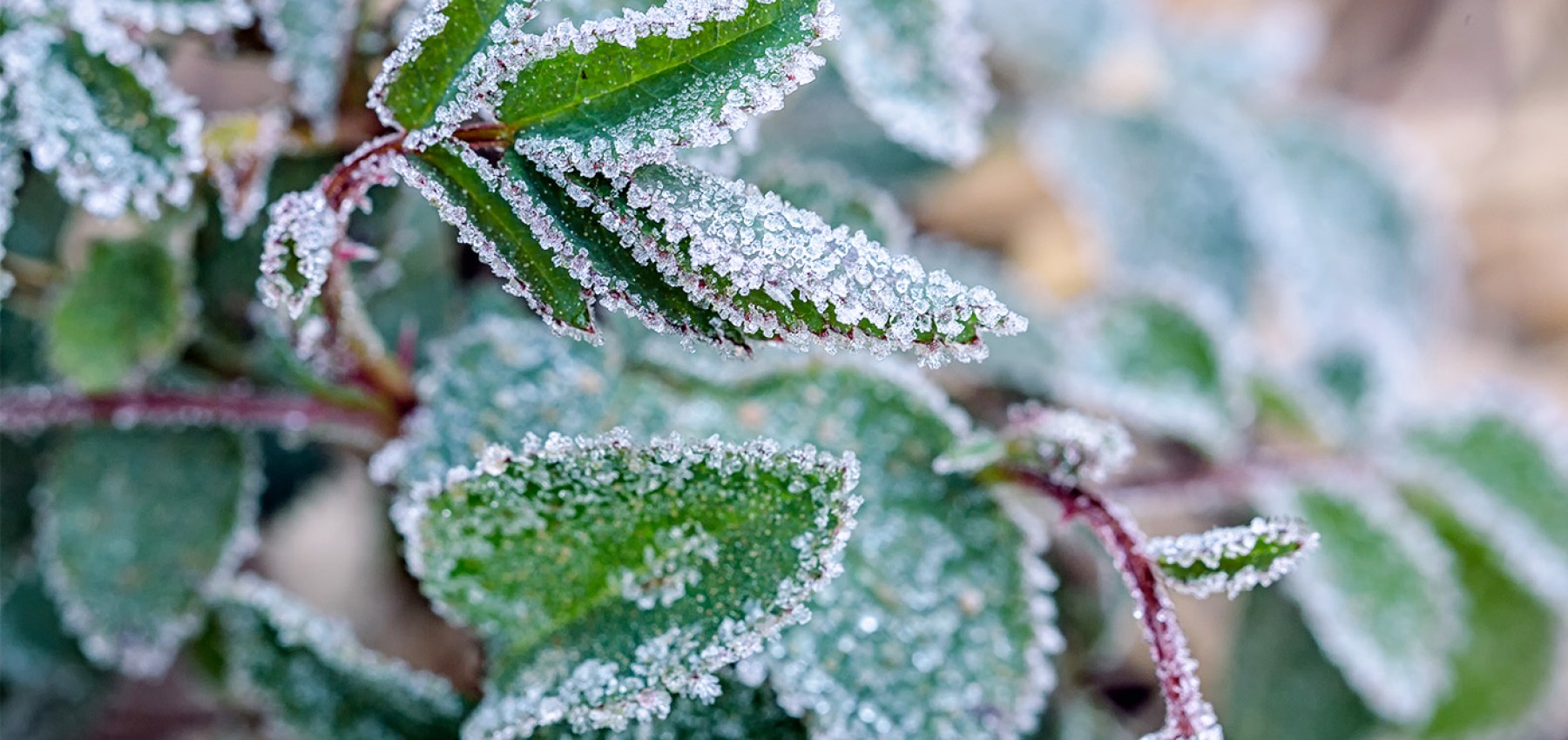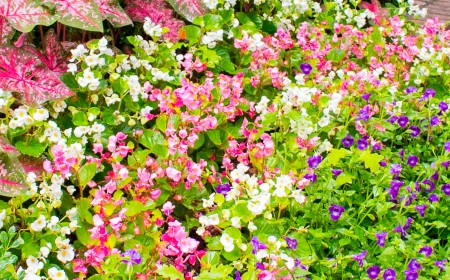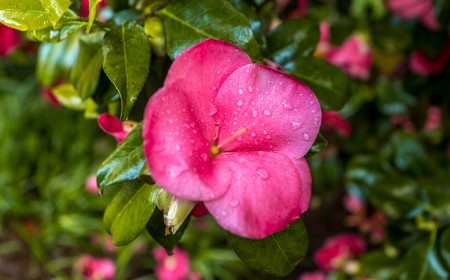Gardens across Georgia suffered a devastating blow back in December of 2022 — in less than 24 hours the temperature dropped from 54º to a bone-chilling 10º, damaging or even killing a lot of plants that normally survive winter unscathed.
We’ve had temperatures drop quickly before, and we’ve had extremely cold temperatures. But this time was different. I’ve seen severe frost burn before, but it’s the first time in over two decades working with plants that I’ve seen evergreens actually lose their leaves.
So what happened here? Why are some plants more susceptible to sudden temperature drops than others, and what can you do to protect your plants should this happen again? In this post, I’ll share my insights and thoughts so you’ll know what to expect should this happen again.
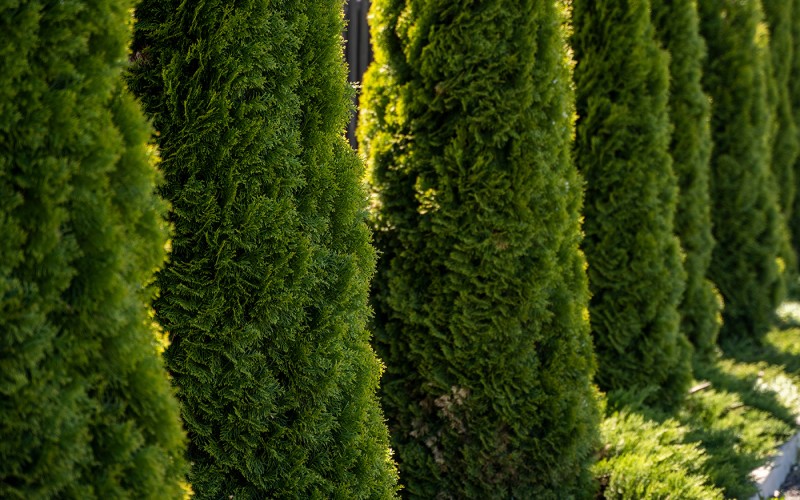
I thought evergreens were cold-tolerant… what happened?
Under normal conditions, evergreens are more cold-hardy than plants that go dormant during the winter, but that doesn’t mean they’re immune from the cold. It’s the dormancy that protects plants that are not evergreen.
Plants that go dormant in the winter start to shut down in the fall, shifting all their energy to the roots. During the winter, they’re basically asleep and oblivious to what’s going on above ground.
Evergreens, on the other hand, are awake during the winter. They do have some defense mechanisms to protect them from the cold, but were unable to prepare for such a rapid drop in temperature.
Non-native species are especially vulnerable, particularly those originating from China or Japan. The temperature in their native countries isn’t as extreme as our temperature can be here in North America, and they’re not fully adapted to our native environment.
These plants were particularly hard hit in our area:
- Bigleaf hydrangea — Because bigleaf hydrangea forms its flower buds on “old wood” in late summer for the following year, the buds are exposed to the winter’s chill. This is not normally an issue in our area, where the average winter temperature is in the mid-forties, but the sudden drop in temperature damaged the tender buds.While this wouldn’t necessarily kill the plant, chances are it may not bloom this season.
- Camellia — A lot of our clients saw significant damage to their camellia plants, but some have started to show signs of recovery. If this recovery is weak, it’s uncertain whether or not they will survive long-term.
- Tea olives — Although tea olives are hardy in temperatures as cold as 10ºF, the extreme temperature drop caught them off guard and caused them to drop their leaves. In all likelihood it will recover and the leaves will return in the spring. If it looks completely dead, it’s still possible for it to regenerate itself from the remaining stump.
- Gardenia — Many gardenias suffered permanent damage from the sudden cold, but that doesn’t mean the plant will die. If the damage isn’t too severe, it can be revived and recover. It may even show signs of new growth at the roots.
- Soft caress mahonia — Developed in Georgia in 2000, this wonderful plant was pretty much decimated by the sudden cold, and most won’t come back. Best to mourn your loss and replant.
How were perennials affected?
For the most part, perennials were blissfully unaware of the temperature drop, since they go into dormancy during the winter. Any damage that did occur wouldn’t affect the plant or its ability to flower.
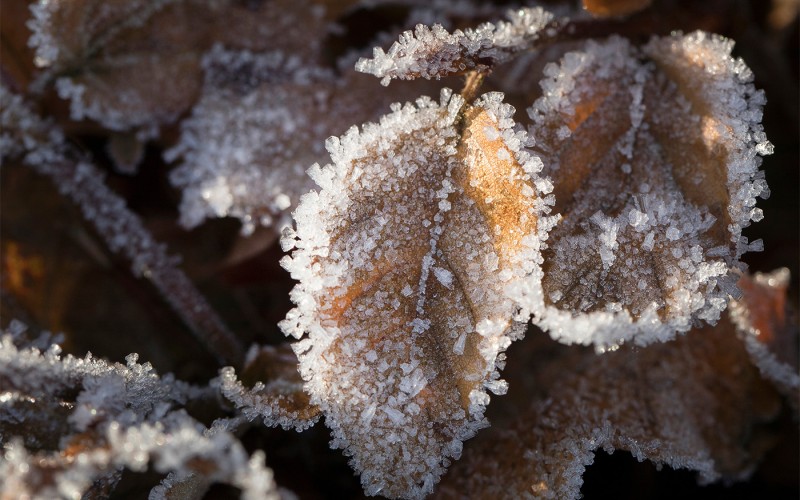
What are the signs of frost damage?
Rapid changes in temperatures damage plants by forming ice crystals within the plant’s cells, causing them to rupture. If you suspect your evergreens have been damaged by the cold, look for these signs.
- Wilted leaves with brown or black tips, often becoming brittle
- Total defoliation (leaves drop off entirely)
- Reduced flowering, or not flowering at all
- Cracks in your tree’s trunk
- No sign of growth at the roots
If you notice any of these signs, don’t panic. Chances are the plant will come back, but it may take a season or two before it fully recovers.
How can I protect my plants?
This sudden drop in temperature was so severe, that no amount of planning could have prevented the damage that was done to the evergreens. That being said, there are some ways to keep damage to a minimum.
- Choose native species — Like I said above, native species are better adapted to our environment and can survive these types of stresses better than non-native species. For example, this past February we had a “false spring” that caused a lot of trees and shrubs to bud and flower like crazy… only to see them zapped off the trees when the cold returned. The native redbud didn’t do this, so their cotton-candy colored blossoms are the only ones we’ll see in Georgia this year.
- Prune at the right time — Although pruning is beneficial to your plants, don’t prune your evergreens in the fall. Pruning is a stressor, and will reduce your plants cold hardiness, so wait until it warms up in the spring. In Georgia, February or March is ideal.
- Watch the watering — If extremely cold weather is expected and the soil is dry, water your plants deeply a day or two before it gets cold, moist soil holds more heat than dry soil. Take care not to overwater, since wet soil can make plants more susceptible to the cold.
- Cover your plants — If you’re concerned about a specific plant, you may want to wrap it in burlap or some other protective covering to help protect it. This can be time-consuming, so it’s not really something that can reasonably be done for every plant in your yard. Covering them is no guarantee against damage, either.
- Consider location — Often there are different microclimates within a single landscape. Plants in a garden facing south, for example, generally get more sun than those facing north. Likewise, plants growing near your home’s foundation can be slightly warmer than others planted further away.
I suspect my plants are damaged. What can I do?
If you suspect your plants were damaged by the cold, contact our office or send us a note through your customer portal. We’ll arrange a time to visit your property, assess the damage and advise you on what should be done.
If you’re a home gardener, resist the temptation to prune your plants. Pruning them while they’re trying to recover will only stress them further, and they may end up dying. It’s best to wait until late May, when the new growth is fully established and they’re stronger.
However, if the plant only shows signs of growth at the base, you can safely prune off all the damaged plant material above that.
If you’re unsure about what to do, you can always contact us. We’re here to help.
